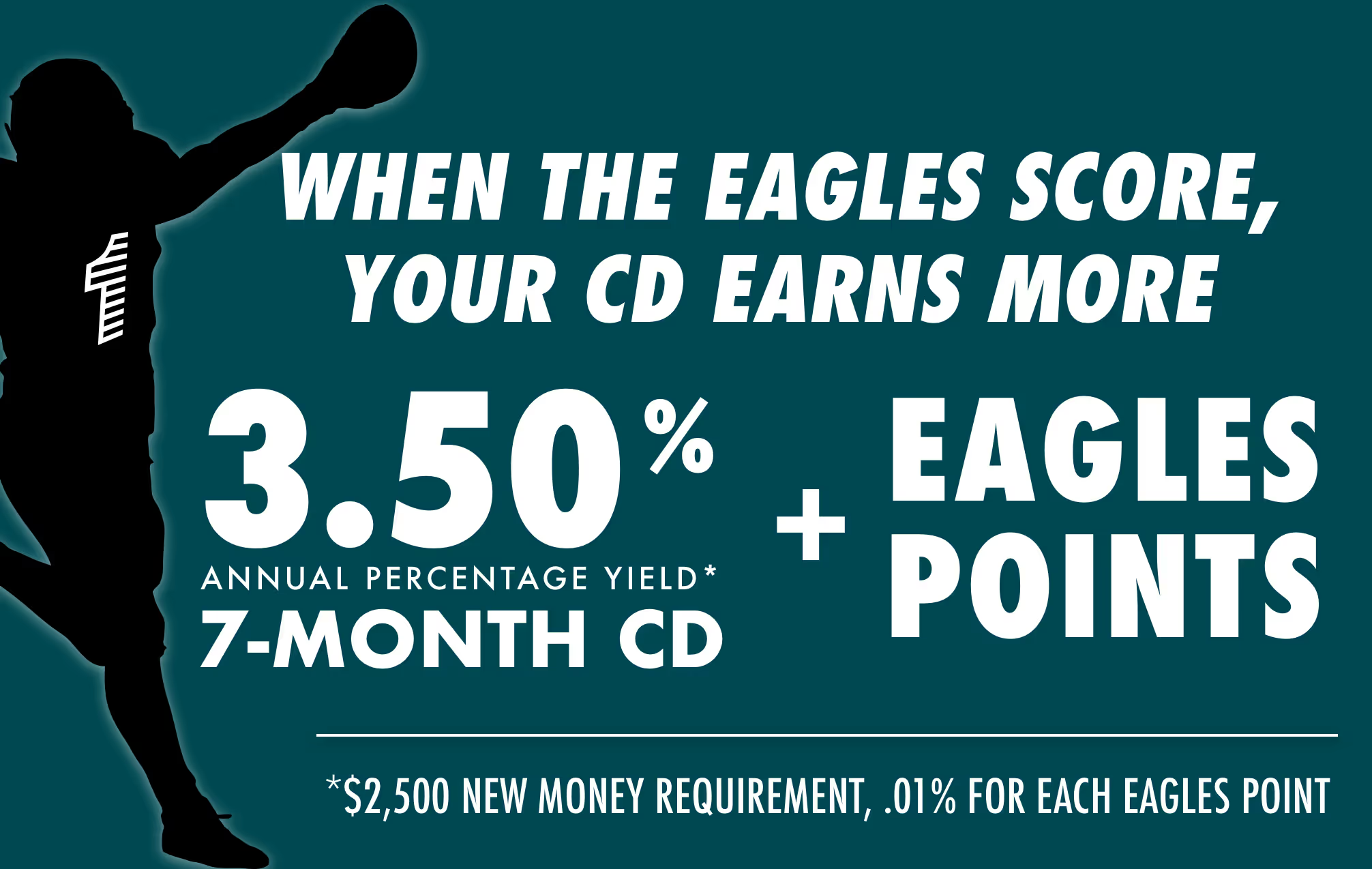When it comes to obtaining capital equipment, there are two main options to choose from: buy the equipment or lease it. Leasing may offer tax, cash flow and other financial benefits, especially in the current economic and tax environment.
What Types of Companies Lease Equipment?
Companies that lease equipment are often smaller, growth-oriented and technology-oriented with a focus on boosting productivity. Virtually any type of business equipment can be acquired via a lease including:
- Computer equipment and software
- Construction and manufacturing heavy equipment
- Medical and dental equipment
- Telecommunications and point-of-sale equipment
- Business vehicles and aircraft
Leasing benefits derive from the fact that it’s the use of equipment, not its ownership, that increases productivity. With leasing, you have access to the equipment needed to run your company more efficiently while preserving valuable capital for other growth opportunities.
What are the Benefits of Leasing?
The potential benefits of leasing include the following:
- No down payment — A lease provides 100 percent financing with no down payment, which helps conserve capital and free up valuable cash for deployment to areas where it can earn a higher return on investment. In addition to the actual equipment itself, other “soft” costs (like delivery and interest charges, sales taxes and installation and training) can also be rolled into the lease.
- Preservation of cash flow — Lease terms are flexible and payment schedules can be structured to meet the cash flow peaks and valleys of your business. This helps you better match revenues and expenses during ramp-up periods or times of seasonal fluctuations. Equipment can be acquired at a fixed rate for a fixed period of time, which helps make budgeting and cash flow forecasting more accurate. With a lease, equipment is paid for as income is generated by its use.
- Protection against obsolescence — Today’s cutting-edge technology can quickly become tomorrow’s bargain-basement discard, which makes equipment lifecycle management critical. The flexibility of leasing helps provide protection against equipment obsolescence. By permitting regular equipment upgrades and replacements, leasing helps you avoid making payments on equipment long after it has become outdated.
- Preservation of credit lines and personal credit rating — Many businesses owners place a high priority on keeping credit lines clear and their personal credit ratings high. With leasing, lines of credit and cash reserves remain free and liquid to meet other working capital needs that may arise. Also, leases have no impact on personal credit ratings.
- Potential tax savings — Depending on the type of lease chosen, leasing may offer significant tax benefits compared to buying equipment. With a capital lease, the lessee can depreciate the asset and deduct the interest portion of the payment. Leasing may also reduce exposure to the alternative minimum tax (AMT).
What Are the Main Types of Equipment Leases?
There are two main types of equipment leases: operating leases and capital leases.
With an operating lease, the lessor retains ownership of the equipment. The lessee can return the equipment or purchase it at fair market value at the end of the lease term. The tax benefits of an operating lease, including depreciation and any allowable tax credits, are retained by the lessor, but may be passed to the lessee in the form of lower lease payments.
Operating lease payments are treated as an operating expense on the lessee’s income statement, so the lease does not affect the company’s balance sheet. This is why operating leases are sometimes referred to as off-balance-sheet financing. This type of financing creates liquidity while avoiding leverage, thus improving the overall financial picture of the company.
With a capital lease, the equipment and corresponding debt are carried on the lessee’s balance sheet so the lessee retains the tax benefits, including deductions for depreciation and the interest portion of the lease payment. At the end of the lease term, the equipment’s title is transferred to the lessee or there’s an option to purchase the equipment for a minimal amount.
Keep in mind that strict accounting rules must be followed when it comes to properly distinguishing between on-balance-sheet and off-balance-sheet financing. A lease must be treated as a capital lease if it meets any one of following conditions:
- The life of the lease exceeds 75 percent of the useful life of the asset.
- There is a transfer of ownership to the lessee at the end of the lease term.
- There is an option to purchase the asset for a minimal amount at the end of the lease term.
- The present value of the lease payments, discounted at an appropriate discount rate, exceeds 90 percent of the fair market value of the asset.
The experts at Firstrust can help you determine the best equipment financing options for your company. Visit us online or contact your relationship manager to learn more.



























.webp)









